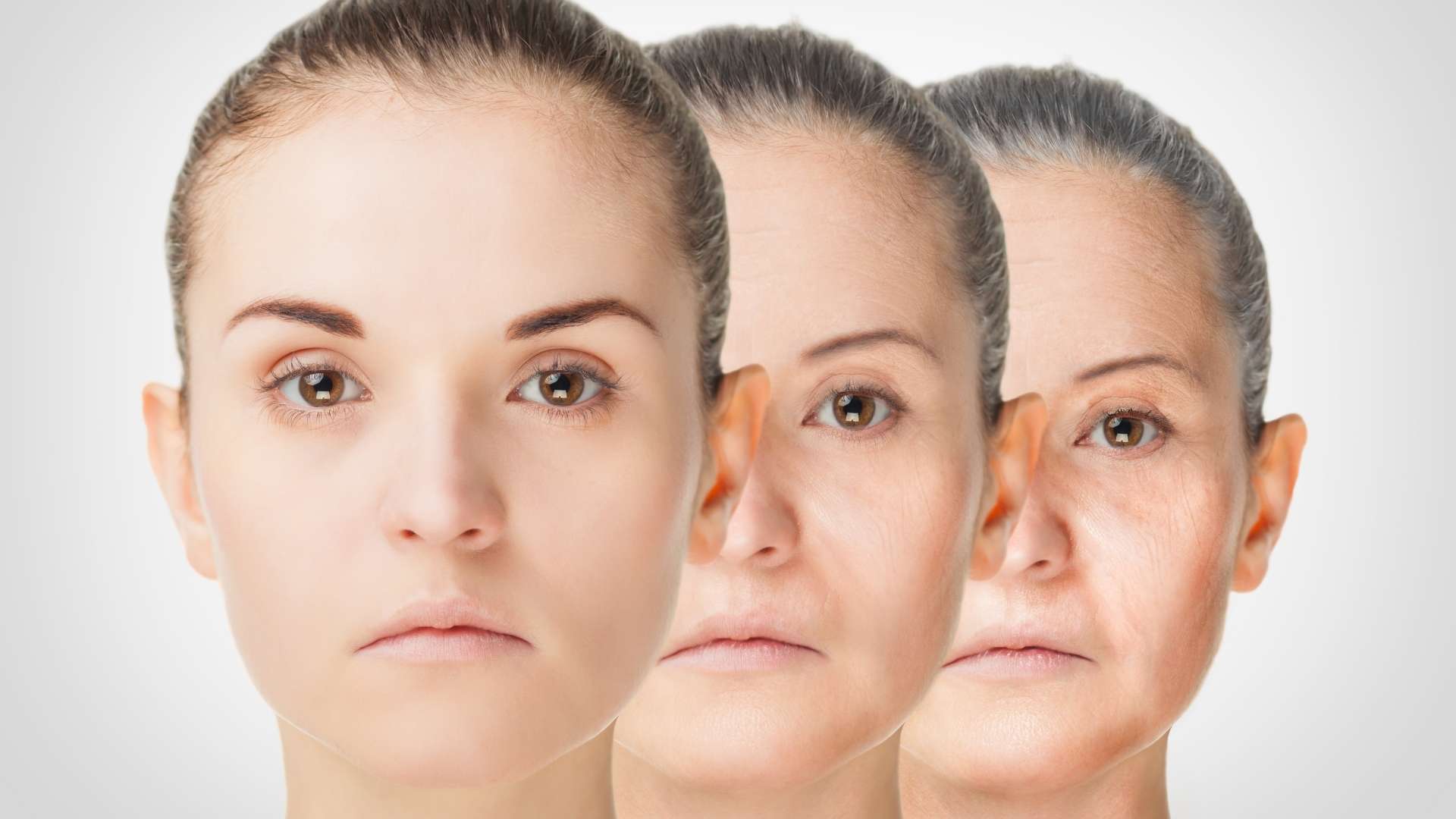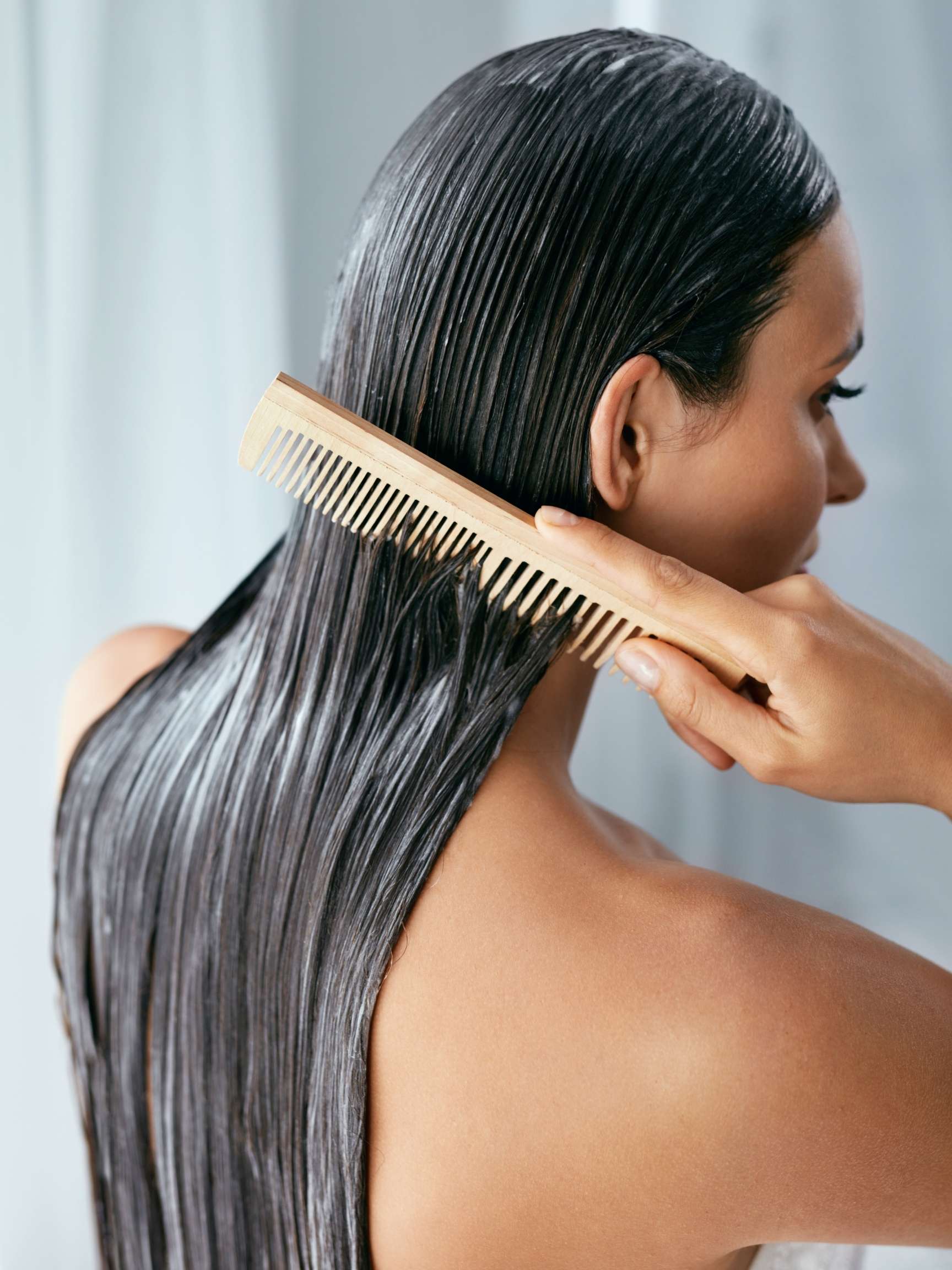Chemical vs Physical Sunscreen

Chemical or Physical Sunscreen: Which Should You Use?

If there’s one step in your daily skincare routine you shouldn’t skip, it’s sunscreen. Not only does it combat sun damage caused by ultraviolet (UV) light, but it’s also a worthy addition to your anti-aging strategy. More importantly, sunscreen reduces your risk of skin cancer, the most common kind of cancer in the United States. There’s simply no reason not to use sunscreen!
As you shop for sun protection products, you’ll likely come across two types of sunscreens: physical and chemical. Don’t know what either of them means? Don’t worry. Below, we break down their basics so you can decide which one suits your skin the best.
What is physical sunscreen?
As the name implies, physical sunscreen (also called mineral sunscreen), provides a physical, protective layer. It contains inorganic UV filters, such as titanium oxide and zinc oxide, that reflect the sun’s rays and stop the sun from penetrating the skin.
The main benefit of physical sunscreen is that its ingredients are gentle (that’s also why physical sunscreens are the go-to choice for babies). Since it doesn’t contain chemicals, it’s less likely to cause irritation in people with acne-prone or sensitive skin. The downside is that, since it sits on the skin, it will leave a chalky, white cast which can be very noticeable.
What is chemical sunscreen?
Compared to mineral sunscreen that sits on top of the skin, chemical sunscreen soaks into the skin. This enables it to absorb UV rays the moment they come into contact with the skin. This sunscreen relies on a chemical reaction that converts UV rays into heat, which is then released from the body. Some of the main ingredients contained in chemical sunscreen are octinoxate, octisalate, and oxybenzone.
Most chemical sunscreen is so clear that you won’t even notice that it’s there, making it perfect for applying under makeup. However, the chemical reaction that occurs as it converts UV into heat can be a cause for concern. When heat dissipates, it can worsen a person’s skin conditions. For that reason, if you have sensitive skin or melasma, it would be better to stick with a mineral-based sunscreen.
Should you wear chemical or physical sunscreen?
There’s no cast-iron rule as to what sunscreen you should wear. What matters is that you choose a sunscreen that you’ll actually use. If you buy a mineral-based sunscreen because it’s suitable for most skin types, but you don’t end up wearing it due to its sticky consistency, what’s the point? Ultimately, the best sunscreen is one that you’ll want to use daily.
What SPF sunscreen should you use?
Whichever you choose, it’s always important to use sunscreen with a Sun Protection Factor or SPF. The SPF is a number that measures how well a product can protect you from sunburn. It refers to the amount of time you can safely stay in the sun while wearing sunscreen, versus the amount of time you can safely stay in the sun without sunscreen.
So, does a high SPF rating mean you get more sun protection? Unfortunately, no. People who use sunscreens with high SPF ratings mistakenly think they can stay out in the sun for longer. While higher-number SPF may be able to block more of the sun, they don’t last longer than lower-number SPF. Sunscreen, regardless of the SPF rating, will need to be reapplied every two hours.
According to the American Academy of Dermatology, the ideal SPF for sunscreen is at least 30. Aside from the SPF, use a broad-spectrum sunscreen that can effectively protect your skin from ultraviolet-A (UVA) and ultraviolet-B (UVB) rays. UVA is what raises the risk of skin cancer, while UVB can cause sun-induced damage such as sunburn.
How to properly apply sunscreen
Using sunscreen may seem straightforward, but not everyone knows how to properly apply it. Want to make sure you wear sunscreen correctly? Here’s what you need to do:
- Always wear sunscreen when using retinoids. Retinoids and retinol, its over-the-counter version, can make your skin more sensitive to UV rays. That’s why you have to wear sunscreen every day if you’re using retinoids or retinol.
- Apply your skincare products in the proper order. As a general rule, sunscreen should be the last step in your skincare routine. Start with your cleanser, toner, serum, eye cream, spot treatments, etc., and then top it off with sunscreen. Be sure to apply sunscreen before makeup so it can be properly absorbed by your skin.
- Reapply sunscreen throughout the day. Sunscreen won’t stick to your skin all day, so make sure to reapply it every 2 to 3 hours to maintain proper sun protection. However, if you tend to sweat profusely or if you’re going swimming, you will need to reapply it more often.
- Wait for it to dry. Remember that mineral sunscreen sits on the skin instead of being absorbed by it. When wearing mineral sunscreen, allow it to dry for about 20 to 30 minutes before stepping out into the sun, otherwise, it might rub off.
- Stay away from “waterproof” sunscreen. The FDA has banned manufacturers from claiming that their sunscreen is waterproof. Sunscreen can only be water-resistant. If you find a sunscreen that claims to be waterproof, run fast and far.
- Practice other sun protection tips. Don’t rely solely on sunscreen. Make sure to also stay in the shade, wear wide-brimmed hats, and stay away from windows while working (yes, the sun can damage your skin even when you’re indoors!).
Practice daily sun protection with RX Systems PF
If your skincare routine doesn’t include sunscreen yet, it’s never too late to start. Remember, it’s better to start using sunscreen late than to never use it at all!
Focus on finding a sunscreen with SPF that you’ll love to use every day. If you’re searching for a product that offers no-fuss sun protection, reach for our Facial Moisturizer with SPF 50. Using a moisturizer infused with SPF is a great way to integrate sun protection into your regular skincare routine. In that way, you can make sure your skin is protected every time you step out the door.
Author: Katie Pierce
Katie Pierce is a teacher-slash-writer who loves telling stories to an audience, whether it’s bored adults in front of a computer screen or a bunch of hyperactive 4-year-olds. Writing keeps her sane (most of the time) and allows her to enjoy some quiet time in the evening before she walks into a room of screaming kids (all of whom she loves dearly) the next morning.




Comments